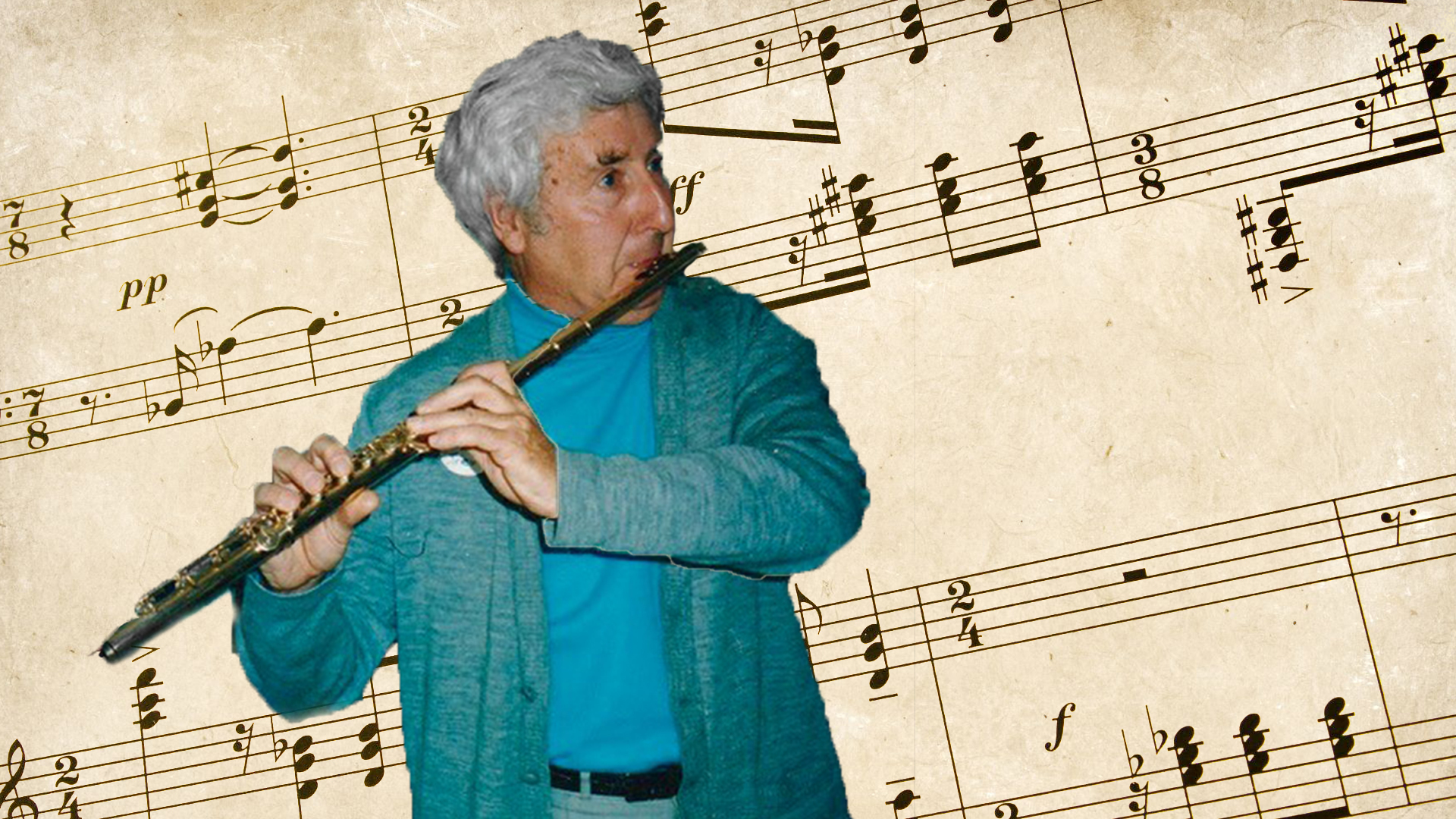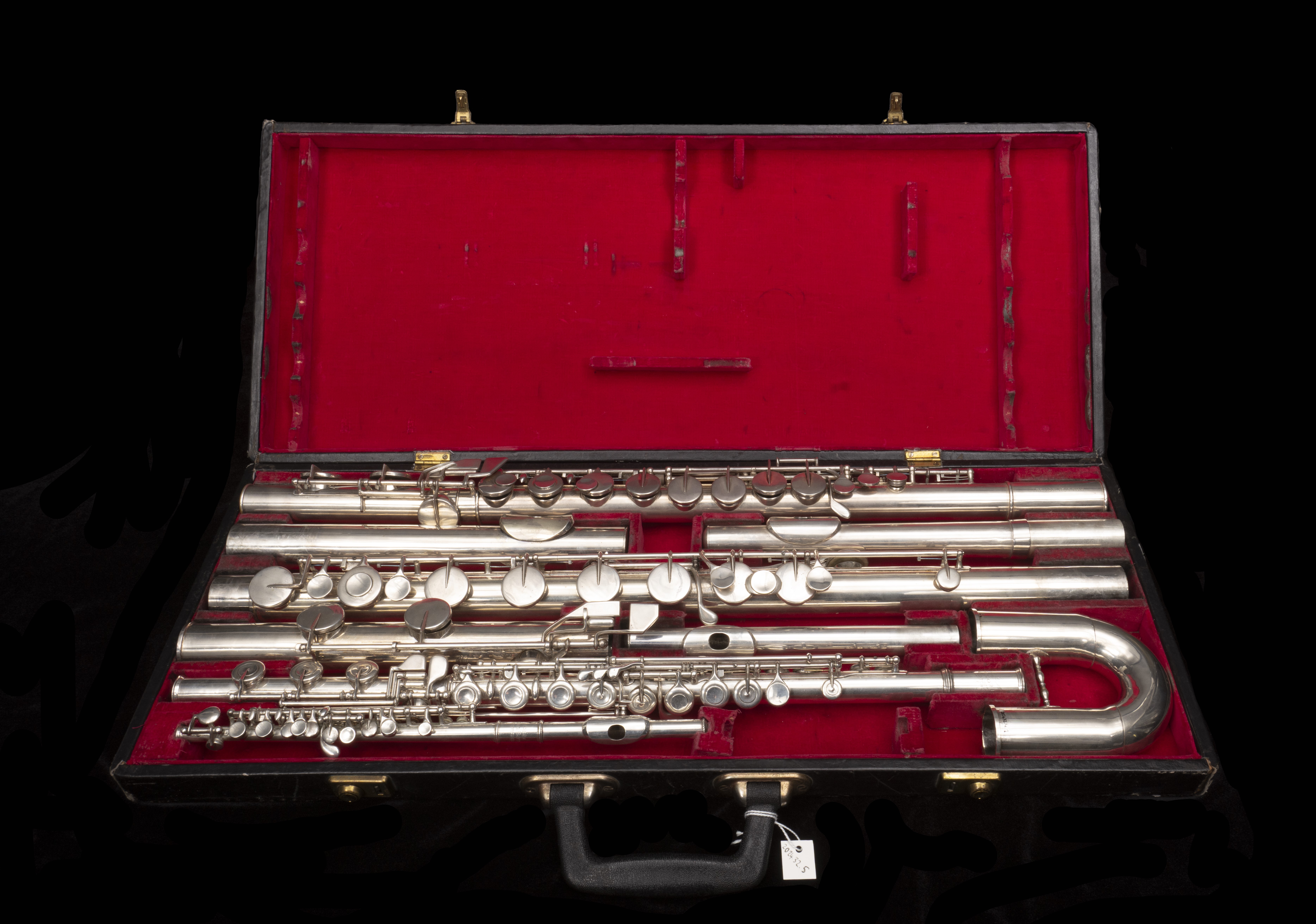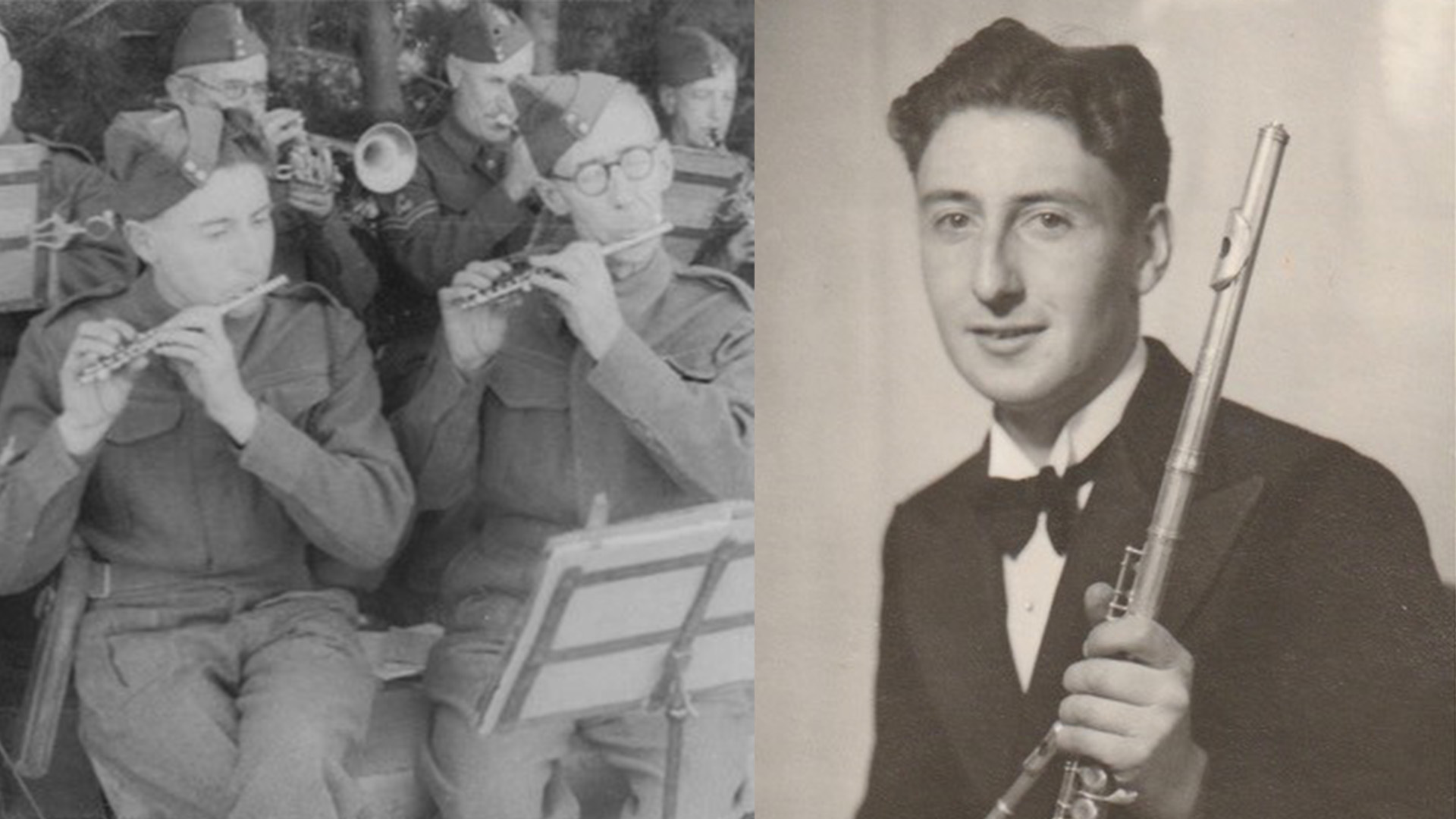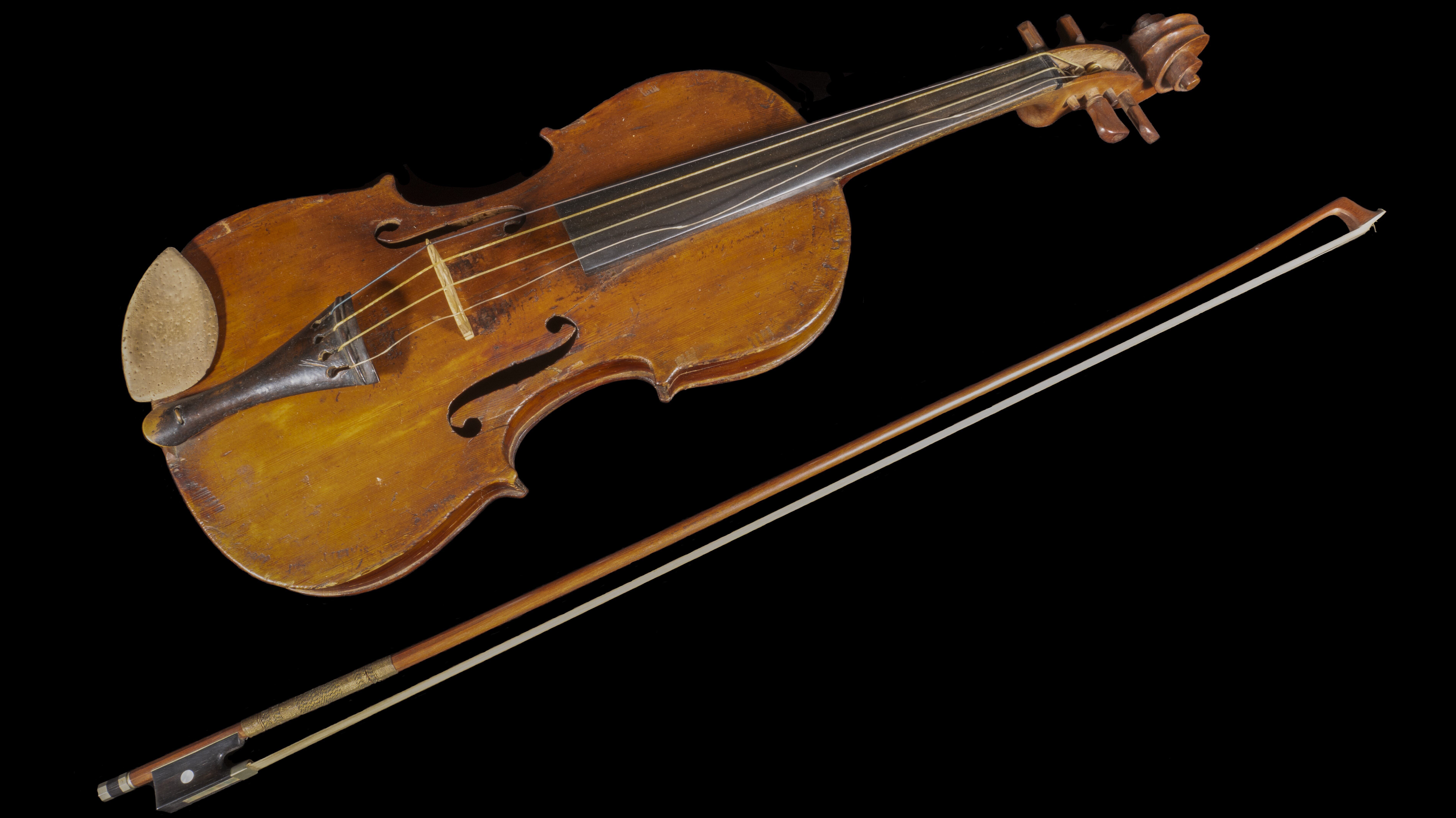Christchurch silversmith Trevor Hutton used his Kiwi ingenuity to make a set of four beautiful flutes.

Number 8 wire is a well-used phrase to describe the inventiveness that the residents of far-flung Aotearoa New Zealand have sometimes needed when faced with limited resources. Trevor put this mindset to good use when he made from scratch a series of complex modern flutes, which use a jointed key mechanism known as the Boehm system. He reclaimed silver from old photographic film and even sourced local animal intestines for a small but important part of the flute.
A custom-made case containing a set of four different sized flutes – a piccolo, a concert flute, an alto flute and a bass flute – made by Trevor have become part of the Canterbury Museum collection. These flutes are special because Trevor made them using only materials that could be found locally.
Trevor Hutton, who died in 2017, was a talented flautist and a silversmith – both useful skills for making flutes. His musical talent developed early with the help of his parents, who were also flautists and prominent musicians in Canterbury. One of the first music groups Trevor played in was the Christchurch Savage Club orchestra when he was 14 years old. His father was a member of the club and to play in the group he had to become a member too – well below the usual minimum age of 21 for new members.

Trevor went on to play for at least 12 different groups, bands and orchestras in Christchurch. He was the principal flautist for the Christchurch Symphony Orchestra for 14 years. At 23 years old, he was offered the same position in the National Orchestra (later to become the New Zealand Symphony Orchestra) but turned it down for personal reasons. However, he did end up playing with them during the 1959 Royal Ballet tour of New Zealand – for a total of nine performances without a rehearsal.
He started making flutes in 1970. Without access to silver tubing, he developed techniques to make all the required components from scratch. Through trial and error, he honed the process until he was able to manufacture and assemble the 270 required parts into a flute. It took 250 hours from start to finish. He went on to make over 30 flutes, some used internationally.
When he couldn’t find the materials he needed, Trevor turned to his Kiwi ingenuity. He even locally sourced animal guts for his flutes. With a basic flute the player’s fingers seal the holes to produce the different pitched sounds. With a Boehm system flute, jointed keys cover the holes. Because metal on metal doesn’t create a sufficient seal, flute keys have soft inserts to create the seal. Back in the day, animal intestines offered a flexible and durable cover to hold the padding.

He also reclaimed silver from old film stock. Because of its ability to react with light and produce images, silver has long been used in photographic film, paper and developing chemicals. Apparently, there is approximately 0.37 grams of silver in every 36-exposure roll of Kodak Tri-X 400 black and white film.
Trevor’s flutes aren’t the only homemade musical instruments in the Museum’s collection. That Number 8 wire mentality was also used in 1850 aboard the ship Cressy. Passenger and carpenter Thomas Kent made a violin during the trip to Europe. Actual Number 8 wire wasn’t used, but parts of the ship were. Timber from the bow of the vessel made up the body and neck of the instrument, while regular violin wire was used for the strings.
Another homemade violin in the collection was made around 1875 by John Sinclair, also a carpenter. He used his resourcefulness when making a violin during his time on the Cheviot Hills run in North Canterbury. John used native timber grown on the station to build the instrument – tōtara for the body and mānuka for the bow. He also made a camera from scratch - you can read more about John and his camera here.
These expertly crafted objects show that when Kiwis want to make music, they use inventiveness, patience and perhaps a bit of animal gut to hit the right note in their own unique way.






